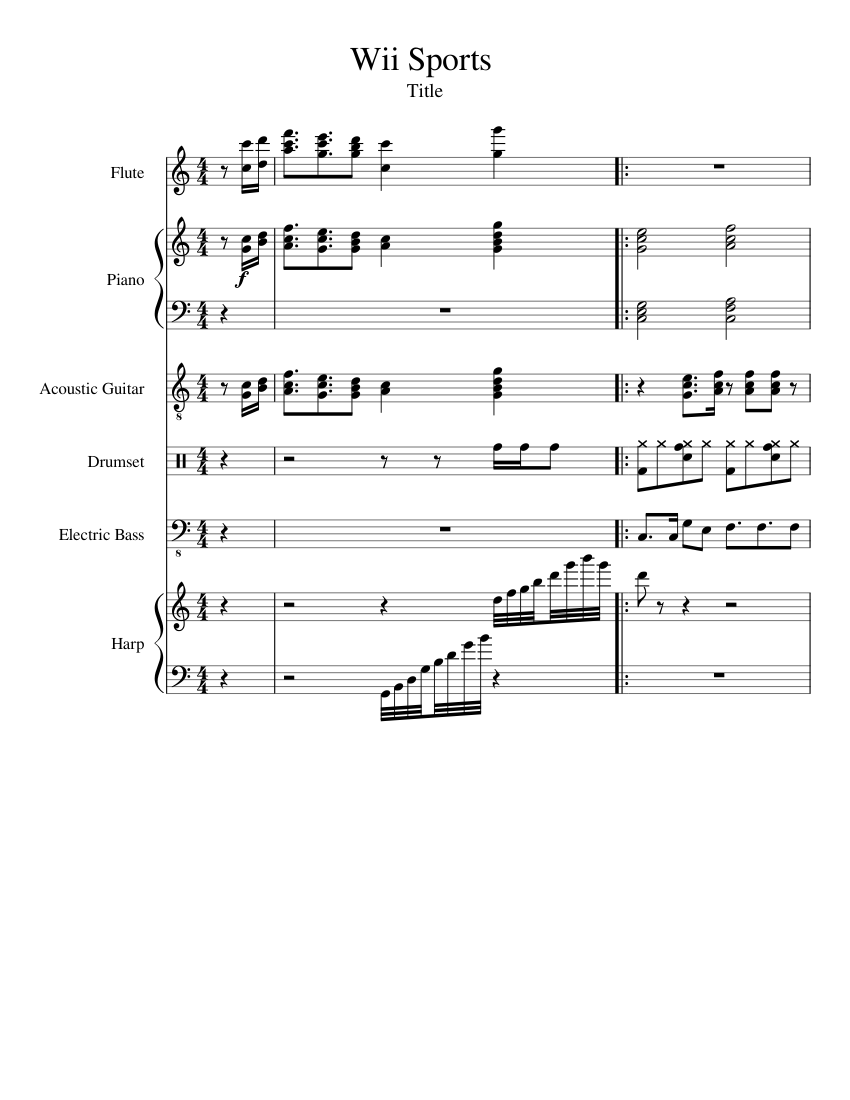

In 1839, following the turmoil of the Belgian Revolution, the purely French-speaking part of Luxembourg was ceded to Belgium and the Luxembourgish-speaking part (except the Arelerland, the area around Arlon) became what is the present state of Luxembourg. The Grand Duchy, with its powerful fortress, became an independent state under the personal possession of William I of the Netherlands with a Prussian garrison to guard the city against another invasion from France. The present-day state of Luxembourg first emerged at the Congress of Vienna in 1815. After belonging to both the France of Louis XIV and the Austria of Maria Theresa, Luxembourg became part of the First French Republic and Empire under Napoleon. Over the centuries, the City and Fortress of Luxembourg, of great strategic importance since it was situated between the Kingdom of France and the Habsburg territories, was gradually built up to be one of the most reputed fortifications in Europe. The duchy eventually became part of the Burgundian Circle and then one of the Seventeen Provinces of the Habsburg Netherlands. In 1354, Charles IV elevated the county to the Duchy of Luxembourg. The House of Luxembourg produced four Holy Roman Emperors during the High Middle Ages. In 1308, Count of Luxembourg Henry VII became King of the Romans and later Holy Roman Emperor. At the end of the 13th century, the counts of Luxembourg reigned over a considerable territory. Siegfried's descendants increased their territory through marriage, war and vassal relations. The history of Luxembourg is considered to begin in 963, when count Siegfried acquired a rocky promontory and its Roman-era fortifications known as Lucilinburhuc, "little castle", and the surrounding area from the Imperial Abbey of St. The City of Luxembourg, with its old quarters and fortifications, was declared a UNESCO World Heritage Site in 1994 due to the exceptional preservation of the vast fortifications and the old city. Luxembourg is a developed country, with an advanced economy and one of the world's highest GDP (PPP) per capita. As a representative democracy with a constitutional monarch, it is headed by Grand Duke Henri and is the world's only remaining sovereign grand duchy. Foreigners account for nearly half of Luxembourg's population. In 2022, Luxembourg had a population of 645,397, which makes it one of the least-populous countries in Europe, but by far the one with the highest population growth rate. With an area of 2,586 square kilometers (998 sq mi), it is one of the smallest sovereign states in Europe.

In addition to Luxembourgish, French and German are used in administrative and judicial matters the three languages are jointly considered administrative languages of Luxembourg.

Luxembourgish is the only national language of the Luxembourgish people, as defined by law. Its culture, people, and languages are highly intertwined with its neighbors, making it a mixture of French and German cultures. Its capital, Luxembourg City, is one of the four official capitals of the European Union (together with Brussels, Frankfurt, and Strasbourg) and the seat of the Court of Justice of the European Union, the highest judicial authority in the EU. It is bordered by Belgium to the west and north, Germany to the east, and France to the south. Luxembourg ( / ˈ l ʌ k s əm b ɜːr ɡ/ ( listen) LUK-səm-burg Luxembourgish: Lëtzebuerg ( listen) French: Luxembourg German: Luxemburg), officially the Grand Duchy of Luxembourg, is a landlocked country in Western Europe. Interactive map showing the border of Luxembourg


 0 kommentar(er)
0 kommentar(er)
